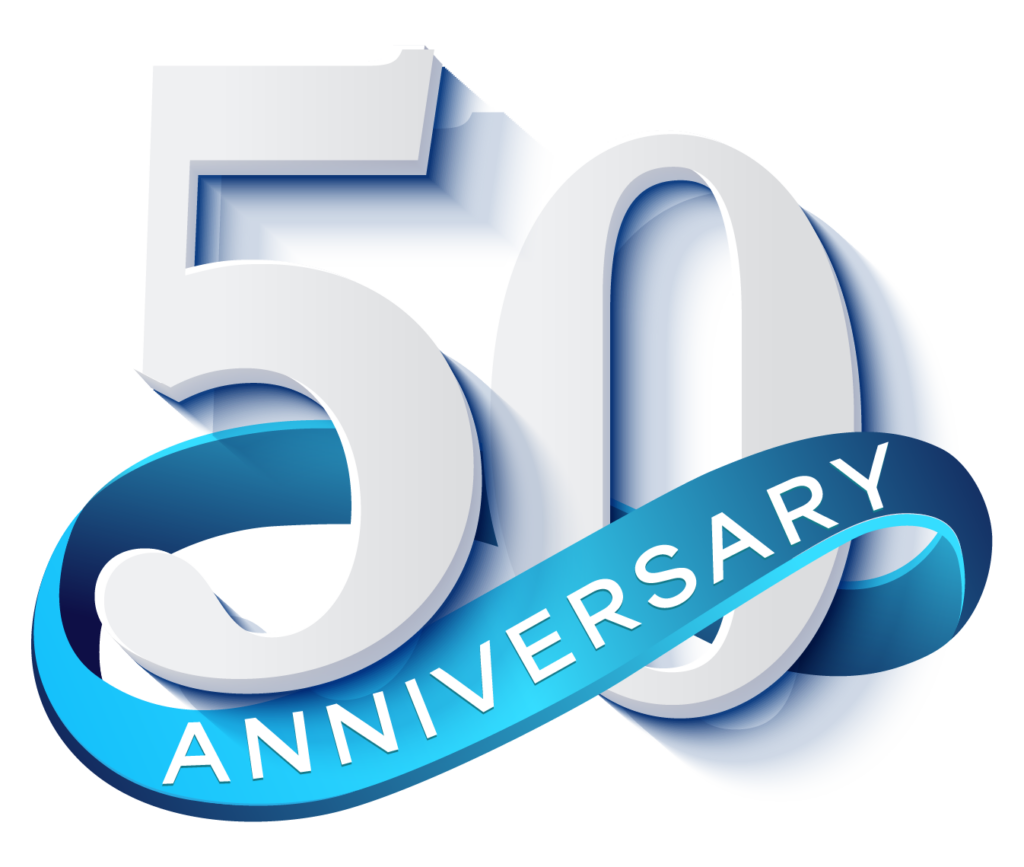Effective communication is the lifeblood of every successful team. It’s the art of fostering open and efficient dialogue and can spell the difference between mundane and exceptional results. According to a groundbreaking Harvard Business Review study, companies that master communication enjoy a staggering 47% higher total return to shareholders over five years compared to their counterparts. This statistic speaks volumes about the transformative power of improved communication within a business context.
It boosts productivity, fuels innovation, and uplifts employee morale. In this blog post, we dive deep into the intricacies of how to improve team communication, revealing actionable strategies to refine your processes and propel your team toward unparalleled success.

Understanding Communication Styles
To truly harness the power of communication, it’s essential to understand and respect the diverse communication styles that exist within your team. At Personalysis, we believe this is the first step to building a robust foundation for effective communication.
Different Communication Styles
Everyone has a unique way of expressing thoughts and ideas, known as a communication style. This style, shaped by an individual’s personality, culture, and experiences, is a key factor in how we understand and interpret information.
For example, there are four primary communication styles:
- Direct: Direct communicators are clear and assertive
- Spirited: Spirited communicators are enthusiastic and persuasive
- Considerate: Considerate communicators are empathetic and diplomatic
- Systematic: Systematic communicators are logical and detail-oriented.
Recognizing these styles in yourself and your team members is a crucial step toward enhancing team communication.
Impact on Team Dynamics
Communication styles significantly impact team dynamics, driving collaboration, problem-solving, and decision-making processes. Teams that understand and respect diverse communication styles function more effectively, show a higher degree of collaboration, and exhibit improved conflict-resolution capabilities. A communication style bias – favoring our own style and expecting others to adapt to it – can create misunderstandings and hinder the team’s performance.
Combatting communication-style bias and fostering synergy among diverse communication styles is a challenging yet crucial task. To aid in this endeavor, Personalysis, a science-based assessment tool, can be an invaluable asset. It offers a robust framework to understand and navigate the dynamics of different communication styles, fostering an environment where each style is understood, respected, and leveraged for team success.
Recognizing and valuing the differences in communication styles can build a more understanding and efficient team, leading to stronger team synergy and productivity.
Building Trust and Psychological Safety
Having a clear understanding of diverse communication styles is just the starting point for a successful team. The next crucial aspect is fostering a safe and trustworthy environment that facilitates open and honest communication.
Trust-Building Activities
Trust is the bedrock of effective team communication. According to the Harvard Business Review, teams with a high level of trust have 76% more engagement and are 50% more productive. Trust-building activities are a great way to foster open communication, transparency, and mutual respect. These can range from simple exercises like ‘Two Truths and a Lie‘, where team members share personal facts, to more complex activities like team retreats or problem-solving challenges. Regularly engaging in such activities can significantly enhance the level of trust within a team.
Fostering Psychological Safety
Psychological safety, a term coined by Harvard Business School professor Amy Edmondson, refers to an individual’s perception of the consequences of taking an interpersonal risk. It is the shared belief that the team is safe for interpersonal risk-taking. Research by Google’s Project Aristotle discovered that psychological safety is the most critical factor in creating successful teams. Fostering psychological safety involves creating an environment that encourages team members to feel comfortable speaking up, making mistakes, and expressing their thoughts without fear of reprisal. This can be achieved by encouraging open dialogue, appreciating constructive feedback, and promoting a culture of learning rather than blaming.
Clear Communication Channels
As much as the dynamics and psychological safety within a team are crucial, equally important is the choice and efficient use of communication channels. Mastering these can drastically enhance how information is transmitted, received, and interpreted within your team.
Choosing the Right Platforms
Selecting the optimal communication platform is an imperative step toward improving team communication. It particularly depends on the nature of your team’s work, the immediacy of the response required, and the complexity of the information to be shared. According to a 2015 study by ConnectSolution, 77% of remote workers claim that they’re more productive when they are working from home with their preferred tools.
Some of the popular communication tools include:
- Slack for real-time communication
- Trello for project management software
- and Zoom for virtual meetings.
When selecting a platform, consider its compatibility with your team’s communication styles and the kind of work your team does.
Effective Use of Email and Messaging
While deciding on the right platforms is essential, it’s equally important to use those platforms effectively. Statistics show over 320 billion emails are sent each day worldwide, indicating its central role in professional communication. However, poorly written or ineffective emails can lead to confusion and delays. Keep emails concise, clear, and actionable. Include a meaningful subject line and use bullet points for easy reading. Contrastingly, instant messaging platforms like Slack are perfect for quick, real-time discussions. Remember to respect the communication styles of your team members and adjust your writing accordingly.
Implementing Structured Meetings
To further improve communication, implementing structured meetings is paramount. This not only ensures that essential updates are communicated effectively, but also provides a platform for open dialogue, brainstorming, and collaboration.
Planning Effective Meetings
Well-planned meetings are the cornerstone of productive team communication. A study by Atlassian reveals that employees on average attend 62 meetings each month, yet half of these meetings are considered wasted time. To avoid this, clear objectives and an agenda should be circulated before the meeting. This prepares attendees, sets expectations, and keeps the discussion focused. Additionally, consider the timing and length of the meeting – shorter, more frequent meetings often yield better results.
Encouraging Participation
Promoting active participation in meetings leads to more comprehensive decision-making and increased team cohesion. According to a report by Harvard Business Review, the most productive meetings typically have fewer than eight participants. This smaller size encourages everyone to contribute. Leaders can further encourage participation by asking open-ended questions, acknowledging all contributions, and creating a safe space for divergent views. A culture of participation can help improve team communication, leading to better collaboration and improved outcomes.
Active Listening Techniques
A key element in knowing how to improve team communication that is often overlooked is active listening. It’s not just about hearing words; it’s about understanding, interpreting, and evaluating what you hear.
Importance of Active Listening
Active listening is instrumental in building successful professional relationships. Active listening is a significant predictor of job performance. It involves fully focusing on the speaker, avoiding interruptions, and responding thoughtfully to points being made. By displaying active listening, team members show respect for the speaker and their views, creating a collaborative and open communication environment.
Practical Tips for Improvement
Improving active listening communication skills requires constant practice and intentionality. Here are some practical tips:
- Maintain Eye Contact: Maintaining eye contact keeps you focused and shows interest in the speaker.
- Provide Feedback: Responding with appropriate feedback shows you’re processing the information.
- Avoid Interruptions: Allow the speaker to finish their points before responding.
- Ask Clarifying Questions: To ensure you’ve understood, ask questions or paraphrase the speaker’s points.
People who employ these techniques are perceived as more likable, leading to more effective and enjoyable communication experiences. Remember, active listening is a skill that can always be honed and improved for better team communication.
Conflict Resolution Strategies
While enhancing team communication is essential, conflicts will inevitably arise in any team. However, these disputes can be constructively resolved with the right strategies, fostering an environment of understanding and collaboration.
Identifying and Addressing Conflict
Effective communication is the cornerstone of conflict resolution. Recognizing and addressing conflicts promptly can prevent escalation and maintain a harmonious work environment. communication effectiveness is determined by non-verbal cues. These may include tone of voice, body language, or attitude, and can often signal the onset of conflict. Once identified, it’s crucial to address these issues openly, honestly, and without judgment.
Constructive Conflict Resolution Techniques
Implementing constructive conflict resolution techniques can transform disagreements into opportunities for growth and learning. A study by CPP, found U.S. employees spend 2.1 hours per week involved with conflict, which means if handled poorly, it could lead to a significant loss in productivity. Techniques to resolve conflicts constructively include promoting open dialogue, finding common ground, focusing on the problem rather than the person, and agreeing on a mutually beneficial resolution. Regular training and workshops on conflict resolution can also equip team members with the necessary skills to handle disputes constructively. Remember, the goal is not to avoid conflict, but to manage it in a way that respects all parties involved and leads to a win-win outcome.
Cultivating a Feedback Culture
Nurturing an environment where feedback is encouraged and valued is another pivotal step in how to improve team communication. Open feedback channels contribute to personal growth, better team performance, and more efficient task completion.
Regular Feedback Loops
Implementing regular feedback loops is essential for team growth and development. According to a study by Gallup, 19% of employees believe they receive feedback regularly. Also, 67% of employees who strongly agree that their manager focuses on their strengths or positive characteristics are more likely to be engaged in their work. Regular feedback loops lead to increased engagement, providing team members with an understanding of how their work contributes to the organization’s goals. Feedback should not only be reserved for annual performance reviews but should be given continuously to maximize productivity and satisfaction.
Constructive Feedback Practices
Offering feedback is more than just pointing out areas for improvement – it’s about providing constructive, actionable insights that empower team members to grow and improve. While people tend to respond positively to praise, negative feedback rarely leads to improvement. Instead, the focus should be on constructive feedback that emphasizes strengths, identifies areas for improvement, and suggests actionable steps to achieve those improvements. This approach fosters a positive work environment, encourages learning, and ultimately leads to better team communication.
Role of Leadership in Communication
Leadership plays a pivotal role in enhancing team communication and setting the tone for open, honest, and respectful interactions. Effective leaders can significantly influence communication dynamics, promoting a healthy, positive, and productive work environment.
Leading by Example
Leadership is not about dictating; it’s about demonstrating. Leaders who communicate effectively set a powerful example for their team, fostering a culture of open communication. A study by Gartner reveals that 82% of business leaders plan to allow employees to work at least part of their role remotely, underlining the importance of leaders setting the right communication standards. Effective leaders actively listen, promote openness, and ensure their actions align with their words. By setting the right example, leaders can inspire their teams to communicate more effectively, contributing to a more collaborative and understanding work environment.
Empowering Team Communication
Investing in team communication is critical for organizational success. Leaders can empower team communication by promoting an environment of trust and respect, where every team member feels valued and heard. Employees who feel their voice is heard are more likely to feel empowered to perform their best work. This empowerment can manifest in regular team meetings, open channels for feedback, and the use of collaborative tools. Moreover, leaders should encourage active engagement, fostering a culture where everyone is comfortable sharing ideas and feedback. By empowering team communication, leaders can boost team morale, engagement, and productivity, driving overall organizational success.
Final Thoughts
Effective team communication is a multifaceted endeavor that requires ongoing effort, active participation, and robust support from leadership. It’s not merely about transmitting information, but about fostering an environment that encourages open dialogue, constructive feedback, and collaborative problem-solving. By leveraging technology and instilling a culture of trust and respect, organizations can significantly improve their communication dynamics, leading to increased productivity, employee engagement, and overall success.
With the Personalysis personality tool, you can unlock new levels of team synergy and success. Our system provides insights into individual and team dynamics, enabling better communication, understanding, and performance.
As the saying goes, “The art of communication is the language of leadership.”
Learn more about Personalysis today and take the first step towards enhanced team communication and success. Empower your team to reach its full potential.




